81 F. high temperature in the Twin Cities Tuesday.
84 F. average high on July 21.
92 F. high on July 21, 2014.
July 21, 2002: Dew points reached 84 degrees at Madison, Morris, and Olivia. This ties the all- time highest dew points seen by the State Climatology Office for Minnesota.
July 21, 1934: Temperature topped out at 113 at Milan. Source: Twin Cities National Weather Service.

Facts, Data & Rumors
On July 21, 1934 the temperature hit 113F at Milan, Minnesota. People often remark “Paul, it was even hotter back in the 30s. Was that global warming too?” Good question. The reality is that the central USA did experience record heat in the 1930s, coupled with punishing Dust Bowl conditions tied to improper land use, overgrazing and over-farming.
What’s different this time around? Warming is global – both hemispheres and the oceans – and there’s no apparent astronomical trigger. No, it’s not the sun, volcanoes, space aliens or Donald Trump’s aftershave.
But then again diving into the data, the facts, the science takes time, effort and perspective. Conspiracy theories, mental shortcuts, are so much easier.
Acknowledging climate change doesn’t make you liberal. It makes you literate.
An isolated cauliflower thundershower may sprout this afternoon; I expect more widespread storms Friday when a few could turn severe. Dear Santa: a generator would sure look great under the tree this year.
Much of America is sweltering through the hottest weather of the year. The mercury hits 90F here over the weekend but enough Canadian air will leak south to avoid a nasty case of the Dog Days.
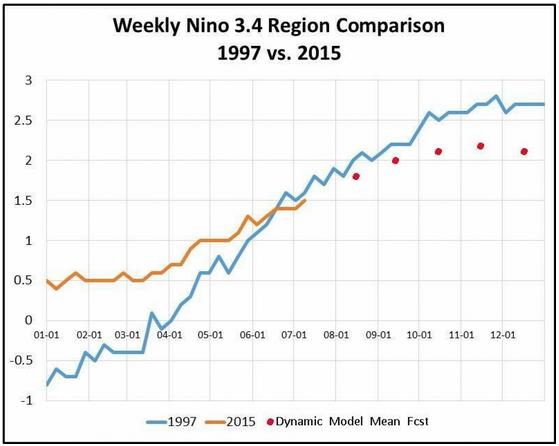
El Nino Intensifying, Could Rival Strongest in Recorded History. The current warming of the Pacific bears uncanny resemblance to 1997-98, which helped to spawn floods and mudslides for California during the winter months. Here’s an excerpt from a good update at Capital Weather Gang: “…The sprawling area of warm waters has proven to be a boon for Pacific tropical cyclone activity, near record levels through mid-summer. Through a positive feedback mechanism, these cyclones have likely helped to reinforce the westerly push of warm waters, Slate’s Eric Holthaus reported. The 2015 El Niño event is now neck-and-neck with record-setting event of 1997-1998 in terms of its mid-summer intensity…”
Image credit: Jan Null.
* Bloomberg Business takes a look at the link between an intensifying El Nino and the flurry of hurricanes and typhoons in the Pacific.

Tracking A Potential Super El Nino. On Monday I had a chance to chat with Ed Schultz on MSNBC about the weather whiplash in California and what may be the most significant El Nino event since 1997-98 brewing in the Pacific. Weather and climate are flip-sides of the same coin. A warmer climate (atmosphere and oceans) is breeding more volatility, greater swings in daily weather, and some things we haven’t seen before.
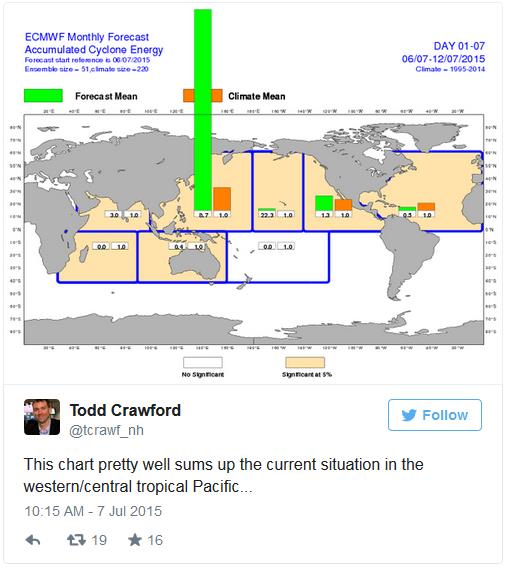
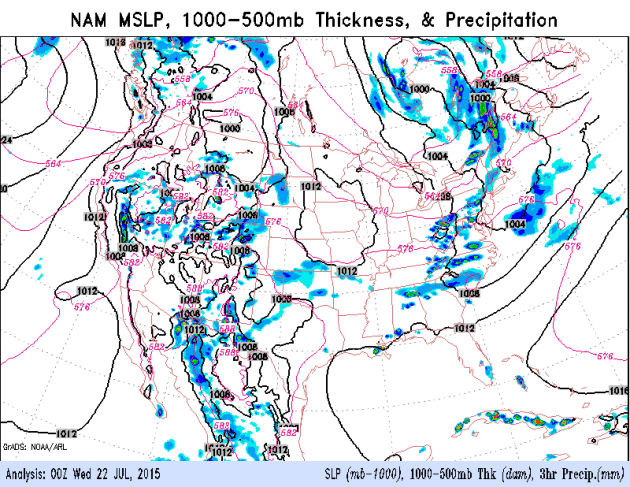
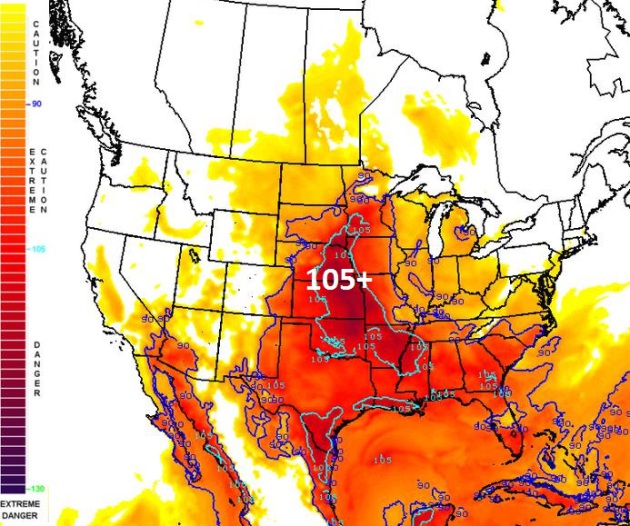
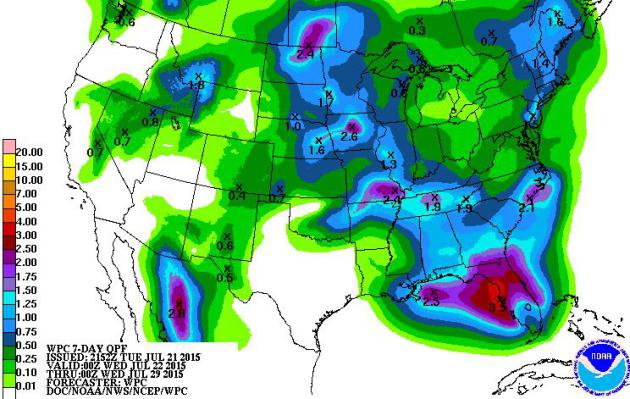
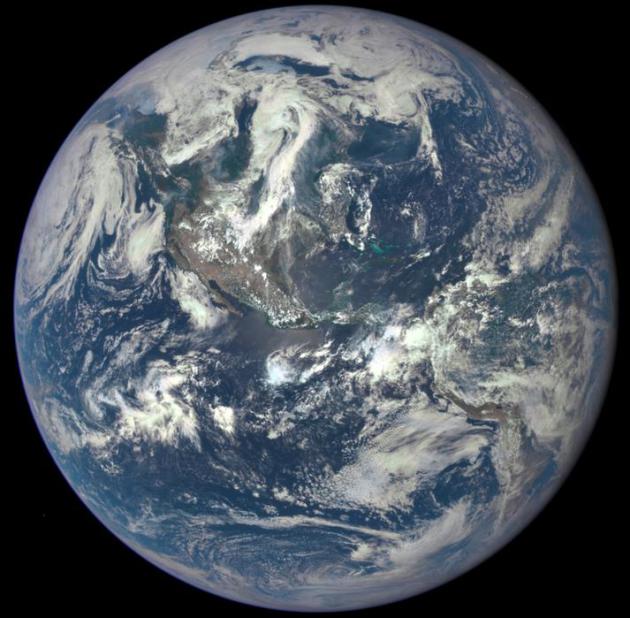
Dramatic Photo of Earth is Probe’s First To Show Entire Sunlit Side of Planet. Huffington Post has the article; here’s a snippet: “…NASA’s Deep Space Climate Observatory (DSCOVR) satellite has captured its first photo to show the entire sunlit side of the Earth. The space agency called the eye-popping image “EPIC” — a play on the abbreviation for DSCOVR’s Earth Polychromatic Imaging Camera. Taken on July 6, 2015, the image is a mash-up of three separate images taken from a distance of 1 million miles. The scattering of sunlight by air molecules gives the image a bluish cast, but scientists are working to remove this in subsequent renderings…”
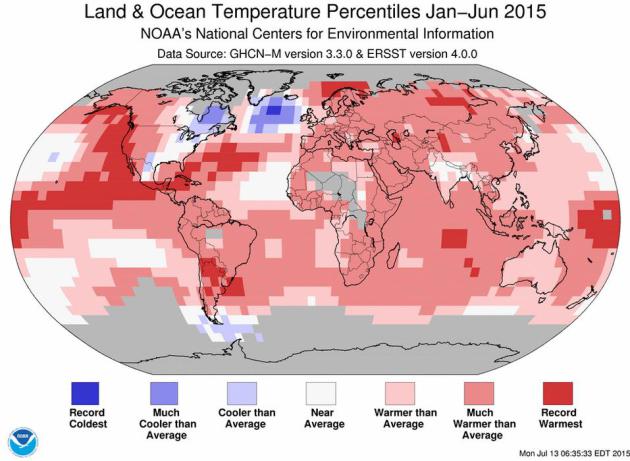
World Breaks Temperature Record As Climate Summit Nears. Here’s an excerpt from Bloomberg Business: “Earth warmed to a record in the first half of the year, putting new pressure on nations from the U.S. to China to try to curb climate change at a United Nations summit in Paris this December. Global land and sea surface temperatures from January through June were 1.53 degrees Fahrenheit above the 20th century average, the highest since recordings started in 1880, the National Oceanic and Atmospheric Administration said in a report. The previous record was in 2010...”
* The full report from NOAA NCDC is here.

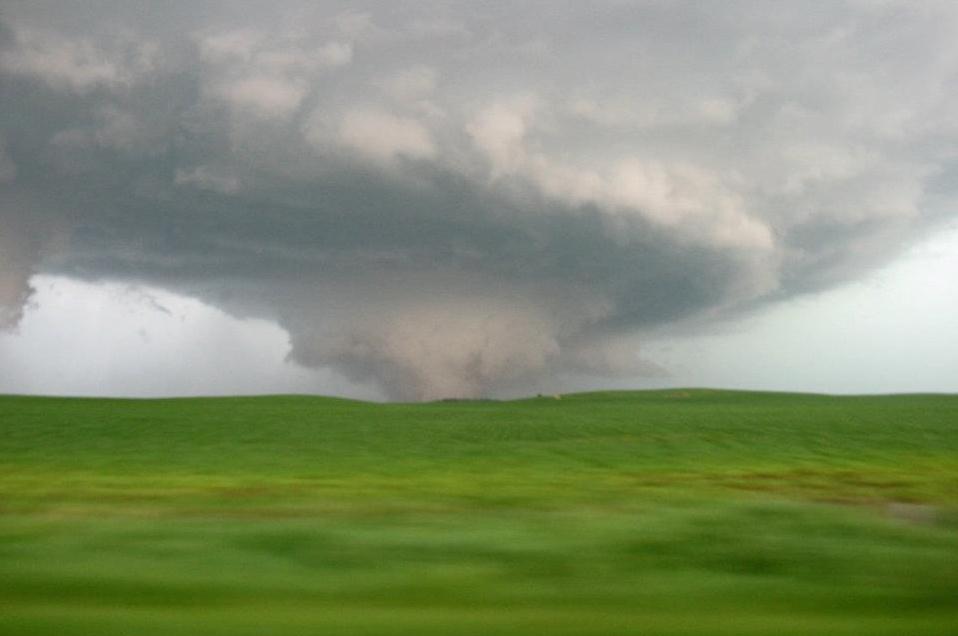
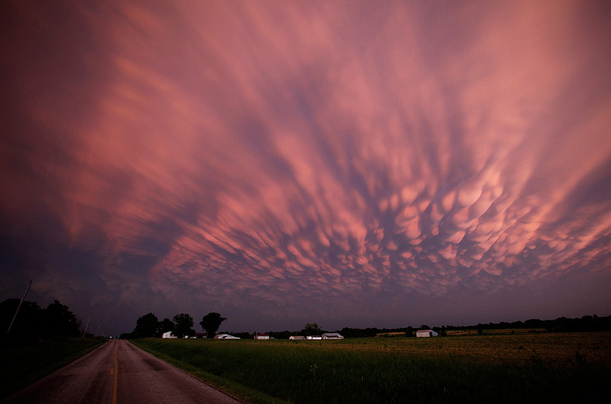

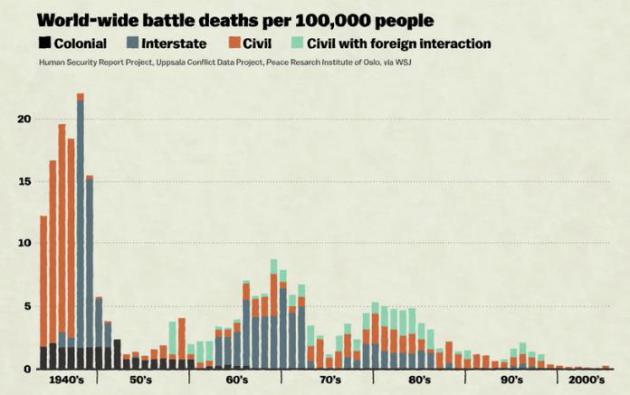



Where Are All The Aliens? Quartz asks the question that a lot of astronomers and cosmologists are asking – it’s a little too quiet out there. Then again they may have all sampled reality TV and the comments under all those stupid Instagram cat videos and quickly lost interest. Here’s a clip”…Continuing to speculate, if 1% of intelligent life survives long enough to become a potentially galaxy-colonizing Type III Civilization, our calculations above suggest that there should be at least 1,000 Type III Civilizations in our galaxy alone—and given the power of such a civilization, their presence would likely be pretty noticeable. And yet, we see nothing, hear nothing, and we’re visited by no one. Welcome to the Fermi Paradox…”

13 Things You Might Not Know About Costco. Wait, they’re messing with our brains? Mental Floss reports; here’s a clip: “…Brainwashing is an unadvertised membership perk. Costco often stocks a variety of large-ticket items—expensive handbags, entire barrels of Jack Daniel’s Whiskey—not necessarily because they expect to move those items, but because retailers know that the desire and excitement they cause releases dopamine. Now you’re shopping in a pleasure state and are more likely to splurge on items that grumpy and budget-conscious people avoid…”


TODAY: Partly sunny, stray T-shower west. Winds: SW 8. High: 83
WEDNESDAY NIGHT: Isolated evening thunder, then clearing. Low: 66
THURSDAY: Hazy sun, more humid. Dew point: 64. High: 87
FRIDAY: Partly sunny and very humid – risk of a T-storm, possibly strong. Late afternoon heat index near 100F. Dew point: 76. Wake-up: 70. High: near 90
SATURDAY: Hot sun. Winds: NW 5-10. Wake-up: 73. High: near 90
SUNDAY: Sticky sunshine, mostly-dry and hot. Wake-up: 74. High: 91
MONDAY: Deodorant Alert. Still steamy with some sunshine. Wake-up: 73. High: 90
TUESDAY: Heavy showers and T-storms. Wake-up: 71. High: 87
Climate Stories….
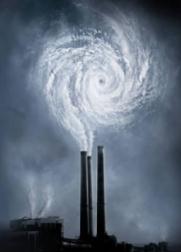
“The absence of certainty is not an excuse to do nothing.” – Christine Todd Whitman, President George W. Bush’s Environmental Protection Agency (EPA) administrator.
“There are too many special interests – and economic interests easily end up trumping the common good.” – Pope Francis, Encyclical Letter Laudato Si.
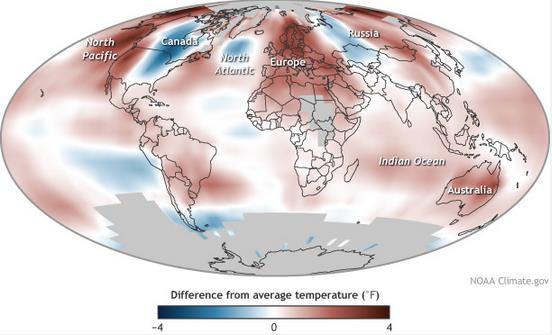
State of the Climate Report Released. Here are a few bullet points from a timely summary of the latest report, courtesy of the AGU Blogosphere: “Key highlights from the report include:
- Greenhouse gases continued to climb: Major greenhouse gas concentrations, including carbon dioxide, methane and nitrous oxide, continued to rise during 2014, once again reaching historic high values. Atmospheric CO2 concentrations increased by 1.9 ppm in 2014, reaching a global average of 397.2 ppm for the year. This compares with a global average of 354.0 in 1990 when this report was first published just 25 years ago.
- Record temperatures observed near the Earth’s surface: Four independent global datasets showed that 2014 was the warmest year on record. The warmth was widespread across land areas. Europe experienced its warmest year on record, with more than 20 countries exceeding their previous records. Africa had above-average temperatures across most of the continent throughout 2014, Australia saw its third warmest year on record, Mexico had its warmest year on record, and Argentina and Uruguay each had their second warmest year on record. Eastern North America was the only major region to experience below-average annual temperatures…”
Image credit above: “2014 was likely the hottest year on the instrument record and one of the hottest over the last 1000 years at least. 2015 so far is warmer.”

Arctic Sea Ice Rebounds, But Not Recovering. Climate Central explains how a new satellite is helping scientists get a better understanding of what’s really happening at the top of the world; here’s a clip: “…The 2010 launch of the European Space Agency’s CryoSat-2 satellite finally allowed scientists to take a wide-scale view of Arctic sea ice volume, and the first five years of data have yielded some surprises. The volume of sea ice left at the end of the summer melt season seems to vary more from year to year than had perhaps been previously appreciated; after declining for several years, sea ice volume shot up after the unusually cool summer of 2013, the data revealed. The authors of a new study reviewing the volume data, detailed on Monday in the journal Nature Geoscience, are quick to caution, though, that one single year of rebound doesn’t suggest any sea ice recovery, as the overall trend is still downward…”
Image credit above: “Arctic sea ice thickness in autumn as measured by CryoSat-2 between 2010 and 2014.” Credit: CPOM.
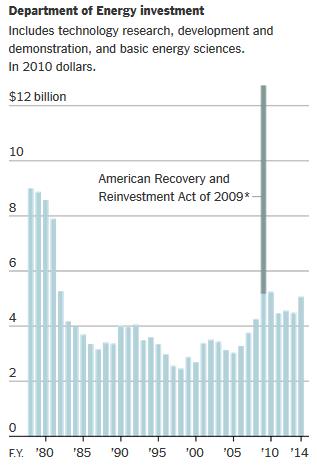
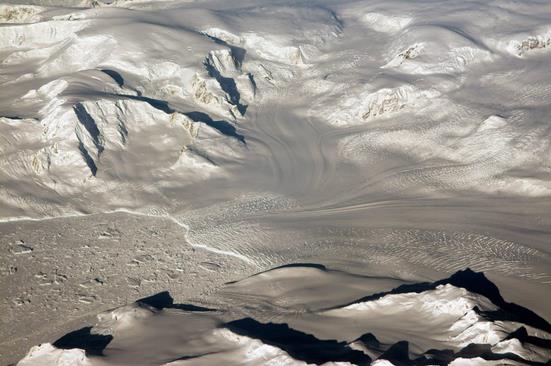
The World’s Most Famous Climate Scientist Just Outlined an Alarming Scenario for Our Planet’s Future. Chris Mooney has the story at The Washington Post; here’s an excerpt: “…One of Hansen’s co-authors on the new paper, Eric Rignot of NASA, was the lead author of a 2014 study suggesting that, as one NASA press release put it, the decline of West Antarctica could now be “irreversible.” In the new study, Hansen and his colleagues suggest that the “doubling time” for ice loss from West Antarctica — the time period over which the amount of loss could double — could be as short as 10 years. In other words, a non-linear process could be at work, triggering major sea level rise in a time frame of 50 to 200 years…”
Photo credit above: “A handout photograph provided by NASA shows glaciers and mountains in the evening sun during an Operation IceBridge research flight, returning from West Antarctica, 29 October 2014.” EPA/MICHAEL STUDINGER.
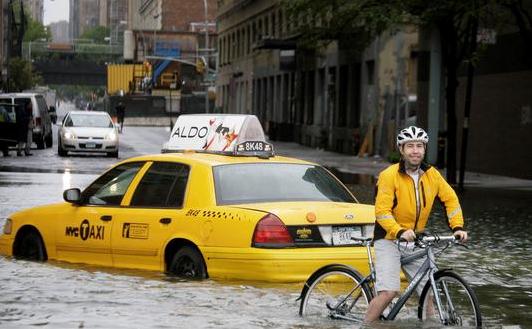
Earth’s Most Famous Climate Scientist Issues Bombshell Sea Level Warning. Here’s an excerpt of a story that is making me rethink coastal property, courtesy of Slate: “In what may prove to be a turning point for political action on climate change, a breathtaking new study casts extreme doubt about the near-term stability of global sea levels. The study—written by James Hansen, NASA’s former lead climate scientist, and 16 co-authors, many of whom are considered among the top in their fields—concludes that glaciers in Greenland and Antarctica will melt 10 times faster than previous consensus estimates, resulting in sea level rise of at least 10 feet in as little as 50 years...” (File photo: Peter Morgan, AP).

The Science and Morality of Climate Change. TheHill has an interesting Op-Ed; here’s a clip: “…What does this shift signal about the role of science in decision-making? Even though the recent frame is one of morality and ethics, there is no doubt that the science brought us here. Science-based decision-making is n ot about science telling us what to do. Science elucidates the consequences of different actions and helps us to better understand the likely outcomes of our choices, but in the end it cannot prescribe decisions because our values guide those as well. For example, science can tell us that we are likely to avert 69,000 premature deaths by swiftly responding to climate change, as did a recent EPA report, Climate change in the United States: Benefits of Global Action, but it is up to us to decide if 69,000 lives are important enough to save…”

Why So Many Republicans Can’t Resist Climate Denial. Grist has the story; here’s a snippet: “…For the business wing of the Republican Party, climate science is anathema for both ideological and financial reasons. Ideologically, real acceptance of the science would mean acceptance that greenhouse gas emissions need to be slashed, and the most straightforward way to do that would be more government regulation. For the average Tea Party activist or Ayn Rand fan, government regulation is presumed to be bad, and working backward from that climate science must therefore be bogus. Financially, regulation of greenhouse gases could hurt fossil fuel companies and related interests like the Koch brothers’ industrial empire, but also other big businesses...” (File image: Shutterstock).
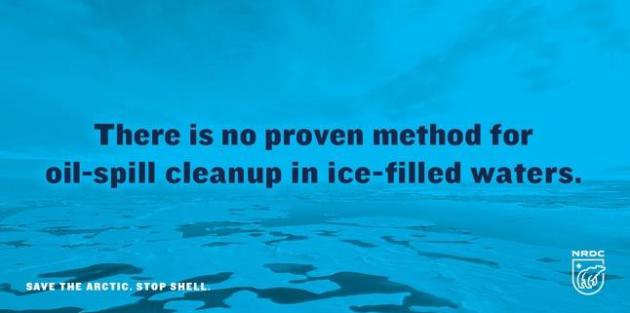
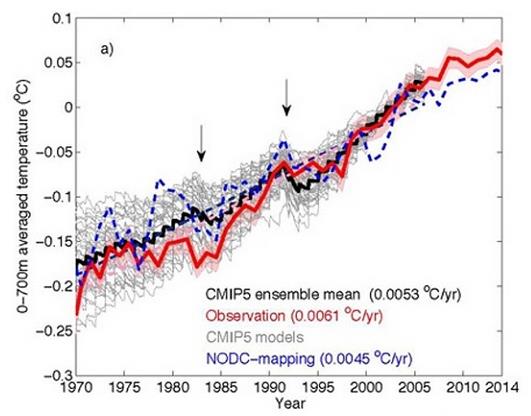

For Naval Academy Climate Change Is A Challenge Both Global and Local. The Baltimore Sun has the story – here’s a clip: “…The Pentagon views climate change as a global threat to national security. Carter, now the superintendent at the Naval Academy, told a group of congressmen Friday not only about the challenges he faced on that deployment with the Enterprise strike group, but also how he is dealing with the prospect of rising sea levels and floods as the leader of the elite school for future Navy and Marine Corps officers. “Annapolis is really on the front lines,” said Rep. John Sarbanes, a Democrat whose district includes the city. “There’s no question this is the challenge of our generation...”
Image credit above: “This map shows where flooding could occur in Annapolis in a 100-year flood with a 3.7-foot rise in sea level by 2100.” (Courtesy Image, HANDOUT).
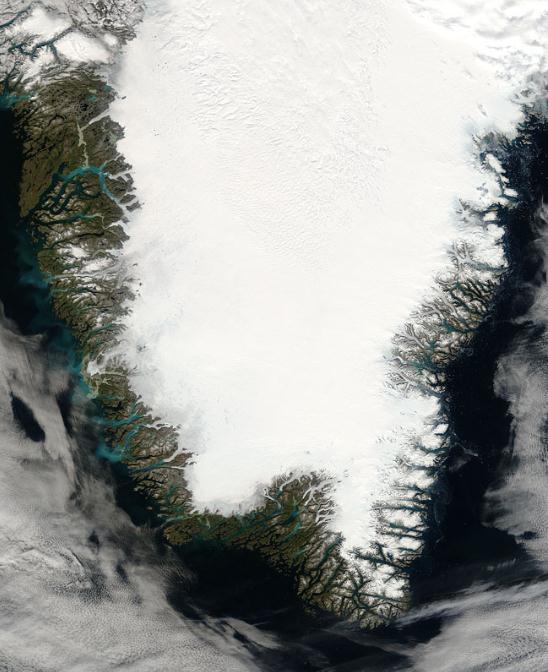
In Greenland Climate Change Is Already Hard At Work. Here’s an excerpt from CBS News: “…The impact has been dramatic in Greenland, the huge ice-covered island between the North Atlantic and Arctic oceans. Almost 8 years ago to the day in 2007, it was 35 degrees below zero on top of Greenland’s vast ice sheet. Strong winds and blowing snow were more the norm for researchers there. This summer, the sun is shining and the ice is thinning; it’s 27 degrees above zero — 62 degrees warmer. Researchers are trying to determine if the warming is a trend…”

“I’m A Republican. I’m Spending $175 Million Of My Own Money To Encourage the GOP to Tackle Climate Change.” Here’s an excerpt of entrepreneur Jay Faison’s Op-Ed at Politico Magazine: “...In my conversations with fellow Republican donors and friends, it’s this last point — reducing emissions — that often produces puzzled looks and awkward silences. Our party’s dialogue about the issue has generated a lot of heat but not much light. I think this is largely due to a few things. First, the left has put forward Big Government, command-and-control climate solutions that scare any true conservative. Second, many liberals have been in denial about the progress the U.S. has already made: Thanks to energy efficiency gains and the shale gas revolution, our country’s greenhouse gas emissions are lower than they were in 1995. This should be something we celebrate…”

